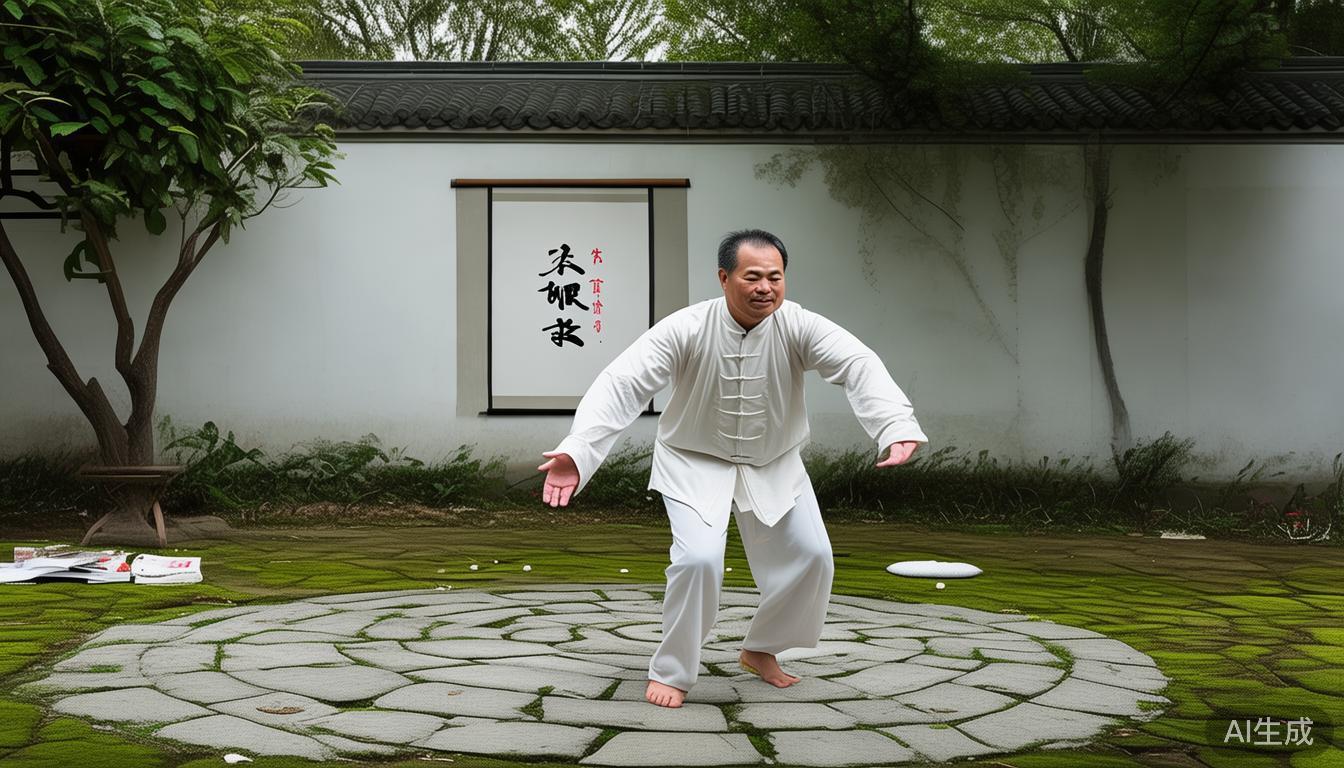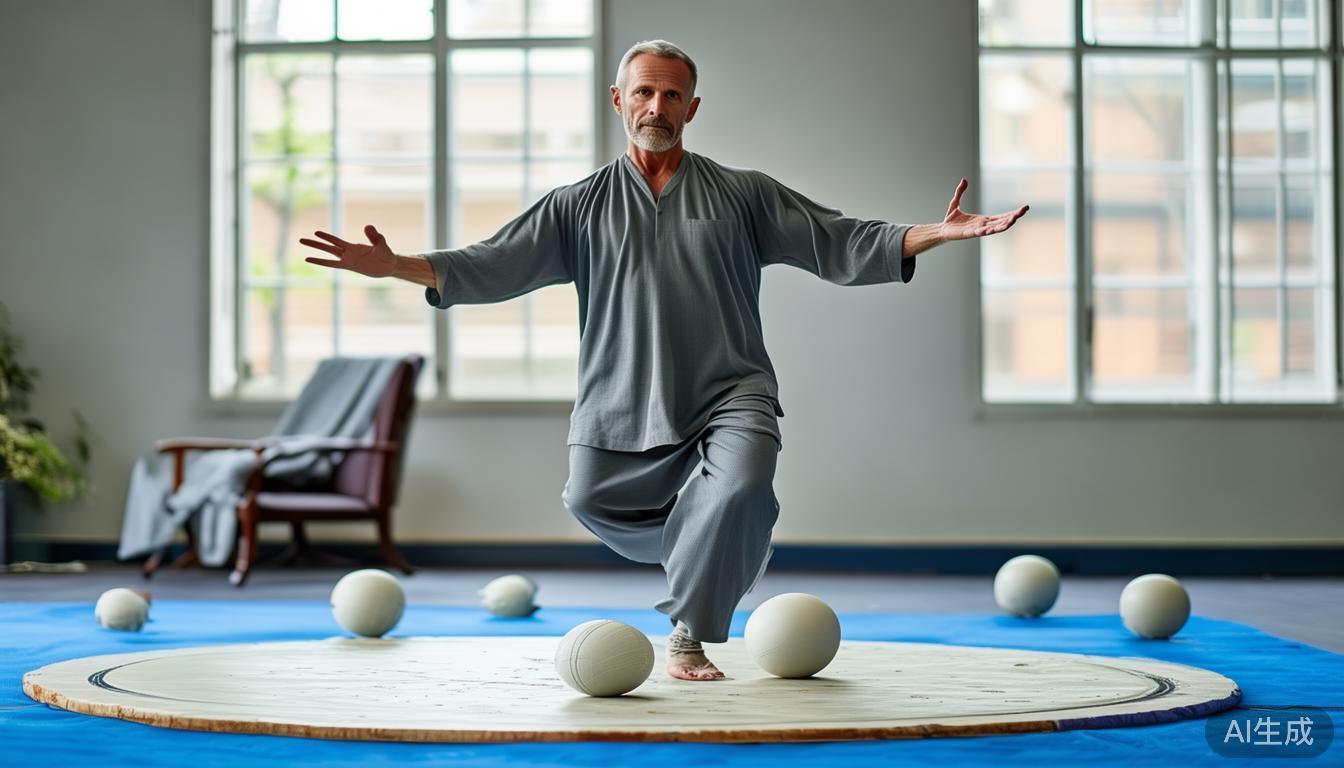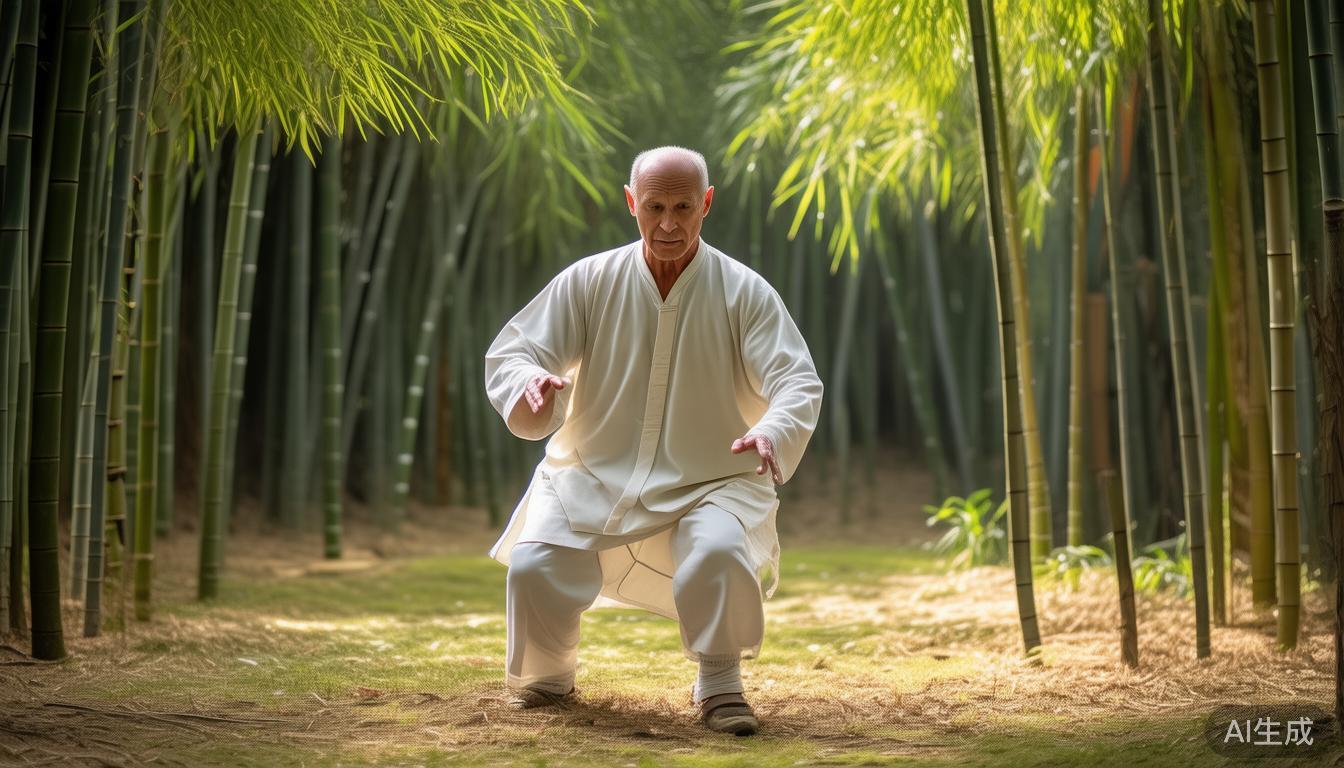What exactly is Tai Chi? When many people encounter this word for the first time, they may think of the slow movements of the old man doing morning exercises in the park, or the mysterious kung fu in martial arts movies. In fact, Tai Chi is much more than that. It is a traditional Chinese practice that integrates body movement, breath control and mental training. Activity not only strengthens the body, but also helps people find inner peace in the busy and fast-paced daily life. I have been practicing Tai Chi for several years. From the initial curiosity to now my deep love, it has become a part of my daily life, allowing me to appreciate the harmony and unity between the body and the soul. Today, I plan to tell you about my understanding of Tai Chi, with the hope of helping you to remove its mysterious covering.
The Origin and History of Tai Chi
In ancient China, especially during the Ming and Qing Dynasties, the roots of Tai Chi can be traced back to its origins. It integrated Taoist philosophy and traditional martial arts elements. At first, it was regarded as a method of self-defense and health practice, focusing on the idea of "conquering hardness with softness". As time goes by, Tai Chi has gradually transformed from a martial art into a form of fitness for the public, spreading to all parts of the world. I clearly recall that when I first started learning, the teacher always said: "This is not a very simple movement, but it is a historical inheritance!" Every time I move slowly, I seem to be connecting with the wisdom of the ancients, making me aware of a peaceful and quiet place that breaks through the boundaries of time and space.

Basic movements and practice methods of Tai Chi
When practicing Tai Chi, the core focus is on "looseness" and "shen" Tai Chi And Diabetes Courses Online , which means to relax your body, lower your heart, and guide the airflow through a series of coherent arc movements. Common daily movements include "cloud hands" and "holding the whip alone". They may seem simple, but in fact they require coordinated breathing and movement to achieve the effect of internal and external harmony and unity. People who are just starting to learn often start by practicing stances to develop the stability of the chassis of the lower limbs, and then learn the established routines in depth step by step. My suggestion is to practice for 15 to 30 minutes every day, in a quiet environment, focusing on every very small link. You will realize that this not only exercises your muscles, but also improves your concentration, allowing your body and mind to regain balance in the dynamic flow.
What are the health benefits of Tai Chi?

Long-term practice of Tai Chi has many benefits, including improving balance, enhancing cardiovascular function, and relieving stress and anxiety. Scientific research has shown that it helps lower blood pressure and improves immunity. It is especially suitable for middle-aged and elderly people, and especially for office workers. I personally use it to get rid of long-term shoulder and neck pain. More importantly, it teaches me to stay calm under pressure. Each deep breath combined with the movements is like a gentle massage for the body and mind, which will rejuvenate the body from the inside out.
How to start learning Tai Chi
If you're planning to give Tai Chi a try, there's no need to worry about the basics—you can start with local community classes or online videos that offer simplified routines suitable for beginners. The key is to find an excellent teacher who focuses on correcting basic movements to prevent injuries caused by wrong postures. At the beginning, don't pursue perfection Tai Chi And Arthritis , gradually realize the rhythm of the movements. I often tell my friends: "Tai Chi is just like life, it requires patience and repetition." As you practice more deeply, you will naturally feel its charm. At this moment, I want to ask everyone: Have you tried Tai Chi? Or, in the busy life, what methods do you choose to relax your body and mind? If you like this article, please like and forward it. You are also welcome to share your own stories in the comment area!




